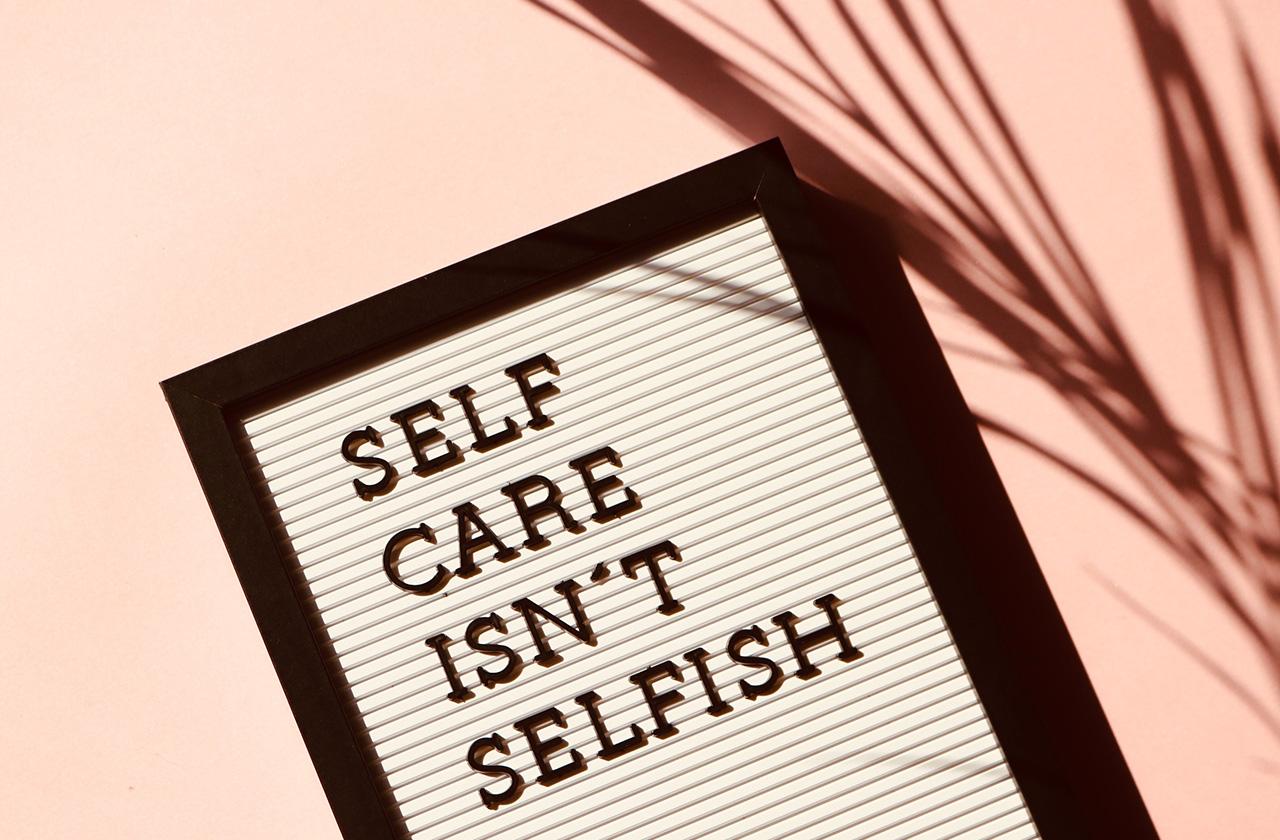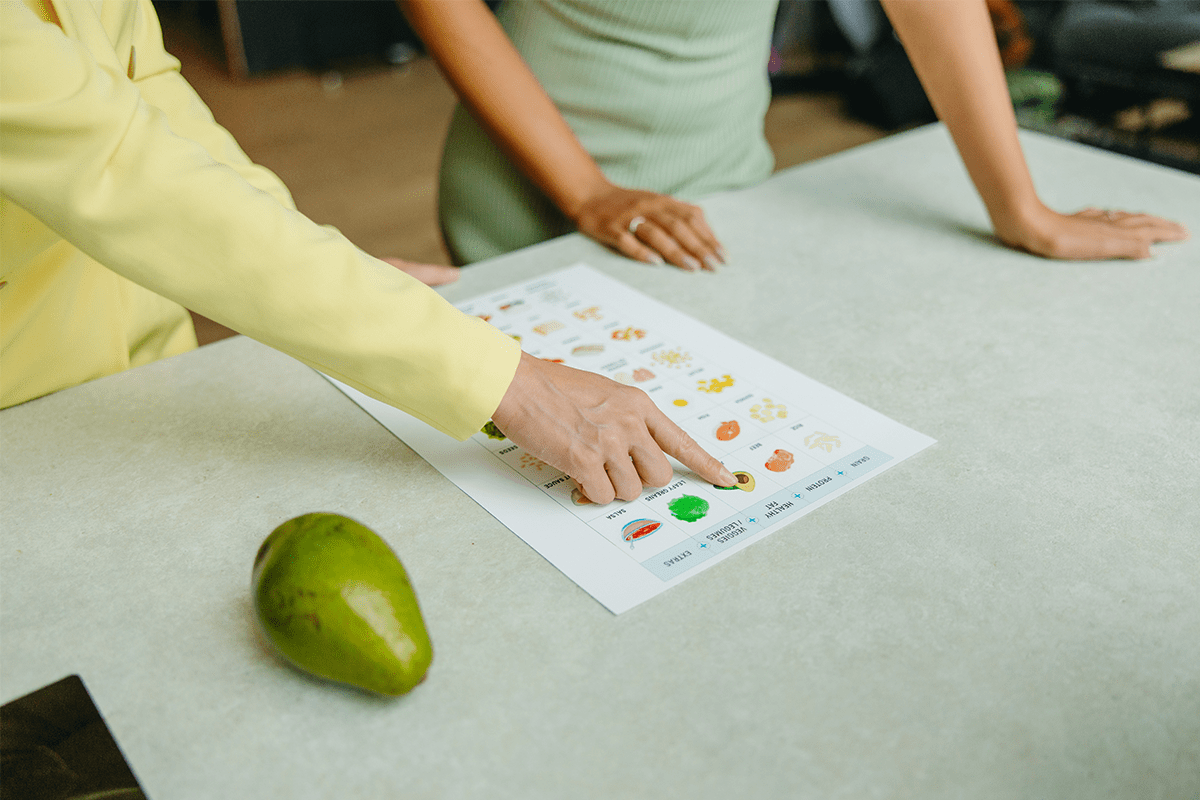
Is it time to eat yet?
One of the most common questions I get asked when attending community talks is – what do you think about fasting for weight loss? Which is then almost always followed up with – what is the best fasting regimen to follow?
One of the greatest difficulties in answering this question is the scant amount of scientific evidence that compares, head-to-head, one style of fasting to another. As such, when I came across a paper conducting a meta-analysis comparing the effectiveness of different modes of fasting it is an understatement to say I was keen to read it.
First things first – what is a Meta-analysis?
A meta-analysis is where someone takes a whole heap of individual studies that have asked a similar question, and have measured similar things, but in different groups of people, and then puts them all together to pretend it was one large study. The authors of a meta-analysis quantitatively combine the results in the individual studies to come up with an overall combined result.
In the example of this paper, the authors went searching to find as many studies as they could that had compared the effectiveness of intermittent fasting for people trying to lose weight. They found 24 highly controlled studies. The smallest individual study was conducted in 16 people, the largest of the 24 studies was conducted in 332 people, and when the authors combined all 24 studies, they had data from a total of 1768 people that had undergone some form of intermittent fasting.
Importantly, these 1768 people did not all do the same type of intermittent fasting.
In this study there were people that had been in studies investigating alternate day fasting (0 calories or restricted calories one day, eat what you like the next); or they may have been following the 5:2 diet (0 calories or restricted calories two days a week, eat what you like the other 5); or they may have been following a time-restricted eating diet (you can eat everyday … but only in discrete windows of time such as 4-12 hours).
By including all these study designs, the authors were able to do some fancy statistical analyses to compare different types of fasting to each other, without having to run a study of their own that directly compared them.
Sounds neat right?
However, what this does mean is that this is secondary data, being analysed for a purpose not originally designed. So, while the maths is fancy and powerful we do need to keep in mind that it is a statistical study and at no point still, did we have the same person testing different types of fasting to see which worked best for weight loss.
Regardless, what does this study teach us?
First, if you perform any type of intermittent fasting for up to 3 months, you will lose weight compared to simply eating whatever you want whenever you want. However, you can achieve a similar amount of weight loss (up to 12% of body weight in some studies) by simply eating less everyday and not having to fast at all.
Where do we go from here?
Unfortunately, despite the impressive use of 1768 individual data points, we need to appreciate that there were only 24 studies included and not all of them tested the same fasting type – there were 12 studies that looked at alternate day fasting; 8 studies that looked at the 5:2 diet and only 4 that looked at time-restricted feeding. Further, the individuals studied were either overweight or obese, yet did not have any other metabolic condition such as diabetes or metabolic syndrome, so how well we can rely on this for individual advice is very limited. Regardless, we do see here some good mathematical evidence for alternate day fasting as the most effective approach to intermittent fasting for weight loss.
So to answer our first two questions – I think intermittent fasting is a method for weight loss in which the scientific evidence is building to support it as an effective method just as good as trying to reduce how much you eat everyday. And for those of us that like strict rules, intermittent fasting is a viable and a relatively easy method to comply with.
Which method of fasting is the best? I don’t know – but it looks like we have some points in the corner for alternate day fasting here.
Dr Kieron Rooney is a nationally recognised expert in nutrition research and translation into policy and practice.
To date, his novel research has focussed on how high sugar and/or high fat diets impact metabolic health.
He has been a vocal advocate for improved labelling of manufactured products with a number of successful campaigns related to junk foods marketed to children.
Kieron is part of the Good Mood Dudes network of experts available to support your wellbeing program. If you want to soundboard your wellbeing plan or hear how we’d get your program up and running, get in touch with our team for a complimentary strategy call today.









